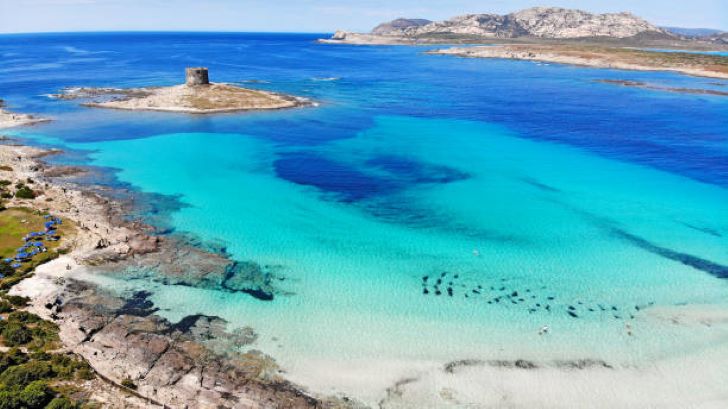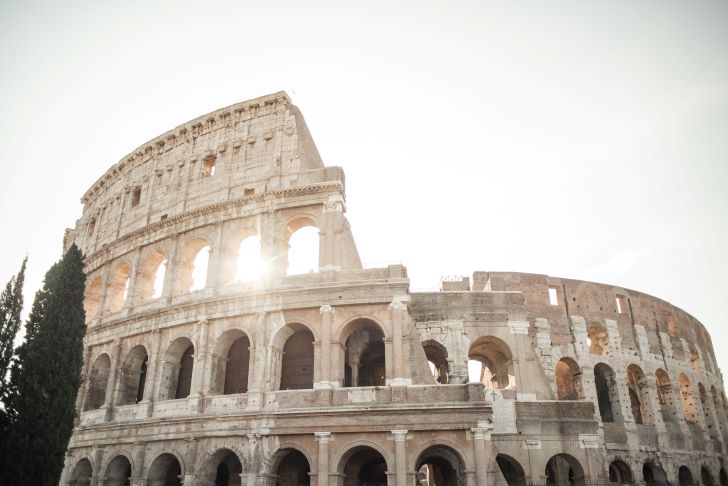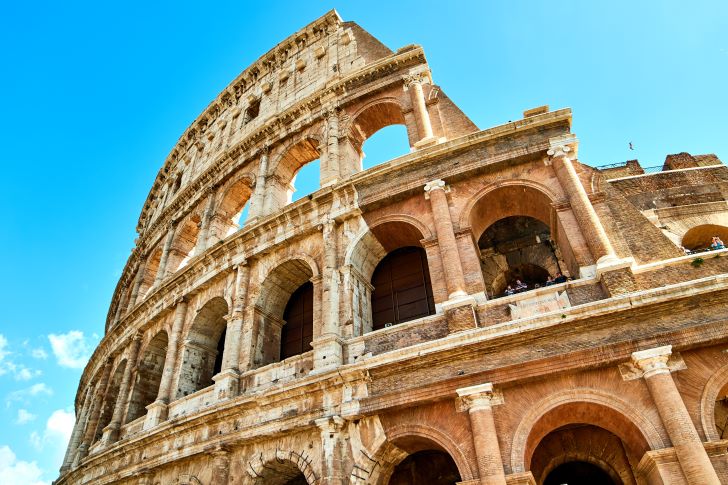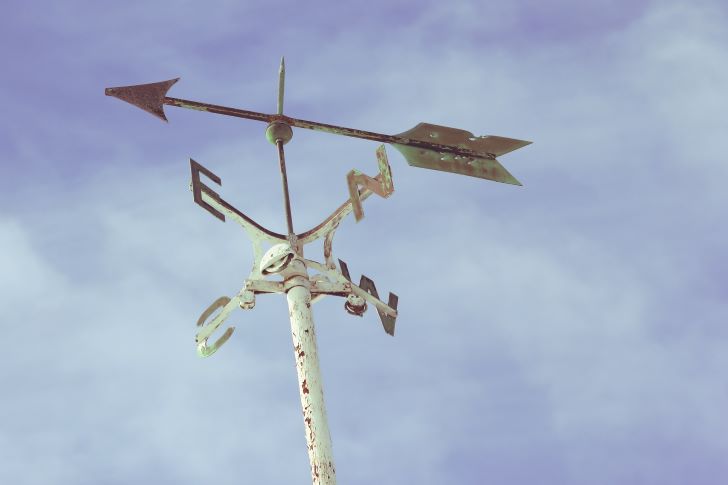Sardinia, the second-largest island in the Mediterranean after Sicily, is a mesmerizing blend of ancient history, natural beauty, and rich culture. Situated west of mainland Italy and south of Corsica, this autonomous region of Italy offers a unique experience for travelers, historians, and nature lovers alike. Its charm lies not only in its pristine beaches and crystal-clear waters but also in its fascinating archaeological sites, unique traditions, and distinct cuisine. Our advise is, rent a car and drive around the island and book your stay through Booking.com.
Geography and Natural Beauty
Sardinia’s landscape is incredibly diverse, featuring rugged mountain ranges, rolling hills, and extensive coastlines with some of the most beautiful beaches in Europe. The island’s coastline stretches for over 1,800 kilometers (1,120 miles), with dramatic cliffs, hidden coves, and sandy shores. The northeastern part of Sardinia is home to the famous Costa Smeralda and Port Cervo, a luxurious resort area known for its turquoise waters, upscale hotels, and celebrity visitors.
Sardinia’s interior is dominated by Gennargentu, a mountain range with peaks that reach over 1,800 meters, offering challenging hiking trails and breathtaking vistas. The island also boasts several national parks and nature reserves, including Parco Nazionale dell’Arcipelago di La Maddalena, a protected archipelago known for its stunning marine life and unspoiled beauty, and Asinara National Park, which includes an island that once served as a prison and is now a haven for wildlife, particularly the native white donkeys.
A Deeply Historical Island
One of Sardinia’s most compelling features is its rich and ancient history. The island has been inhabited since prehistoric times, and evidence of its early civilizations can still be seen today in the form of nuraghi, mysterious stone towers that dot the Sardinian landscape. These Bronze Age structures, unique to Sardinia, are believed to have been built between 1900 and 730 BCE by the Nuragic civilization. Over 7,000 nuraghi still exist today, with Su Nuraxi di Barumini, a UNESCO World Heritage Site, being the most famous example. Su Nuraxi offers insight into the island’s prehistoric past, featuring a large central tower surrounded by a complex of smaller buildings.
The island’s history was shaped by numerous external influences due to its strategic location in the Mediterranean. Sardinia has been colonized by Phoenicians, Carthaginians, Romans, Byzantines, and, later, the Spanish Crown. The Roman period left behind impressive ruins such as Nora, one of the island’s oldest cities, where visitors can see remnants of Roman baths, mosaics, and an amphitheater.
Sardinia’s medieval history is also fascinating. After the fall of the Roman Empire, the island was divided into four independent kingdoms known as Judicates, each ruled by a local judge or “giudice.” These Judicates played a pivotal role in maintaining Sardinia’s autonomy against external invaders like the Moors and Pisans. The island later came under Spanish rule, which heavily influenced its architecture and culture, evident in the Catalan-Gothic style of buildings in cities like Alghero, where Catalan is still spoken today.
Culture and Traditions
Sardinia’s cultural identity is as diverse as its history, with influences from different Mediterranean civilizations. One of the most distinctive aspects of Sardinian
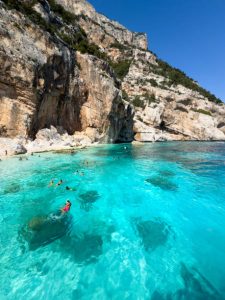
culture is its language, Sardinian (Sardu), which is recognized as a minority language by the Italian government. Sardinian, with its unique syntax and vocabulary, is closer to Latin than Italian and has several dialects that vary across the island.
The island is known for its vibrant festivals, many of which have roots in ancient pagan rituals and later Christian traditions. Sant’Efisio, held in Cagliari every May, is one of Sardinia’s most important festivals, a grand procession honoring the island’s patron saint, Saint Ephisius. The Sartiglia in Oristano is another unique festival, featuring a medieval equestrian joust that dates back to the 16th century.
Music and dance also play an integral role in Sardinian life, with traditional instruments such as the launeddas (a triple pipe instrument) and canto a tenore (a form of polyphonic singing) being central to the island’s folk traditions. The canto a tenore is recognized by UNESCO as an intangible cultural heritage of humanity and is often performed during festivals and special events.
Sardinian Cuisine
Sardinia’s cuisine reflects its agricultural roots and Mediterranean setting. While seafood is abundant, especially in coastal areas, the island’s interior is known for its meat-based dishes, particularly lamb, pork, and wild boar. One of the most iconic Sardinian dishes is porceddu, a slow-roasted suckling pig seasoned with herbs like myrtle and rosemary, which is often served during festivals and family gatherings.
Sardinia is also famous for its bread, with pane carasau (a thin, crisp flatbread) being a staple of the Sardinian diet. Another unique culinary offering is culurgiones, a type of stuffed pasta similar to ravioli, filled with potatoes, pecorino cheese, and mint. The island’s cheese production is renowned, particularly for pecorino sardo, a sheep’s milk cheese that ranges from soft and mild to hard and sharp.
Wine lovers will be delighted by Sardinia’s indigenous varieties, such as Cannonau, a robust red wine made from Grenache grapes, and Vermentino, a crisp white wine that pairs perfectly with the island’s seafood dishes.
Conclusion
Sardinia is a captivating island that offers a perfect blend of natural beauty, historical intrigue, and cultural richness. Whether exploring ancient nuraghi, hiking through its rugged landscapes, or simply relaxing on its sun-kissed beaches, visitors will find that Sardinia is a place of deep contrasts and enduring allure. Its distinct identity, shaped by millennia of history and tradition, sets it apart from the rest of Italy, making it a truly unique destination in the Mediterranean.
How useful was this post?
Click on a star to rate it!
Average rating 0 / 5. Vote count: 0
No votes so far! Be the first to rate this post.

